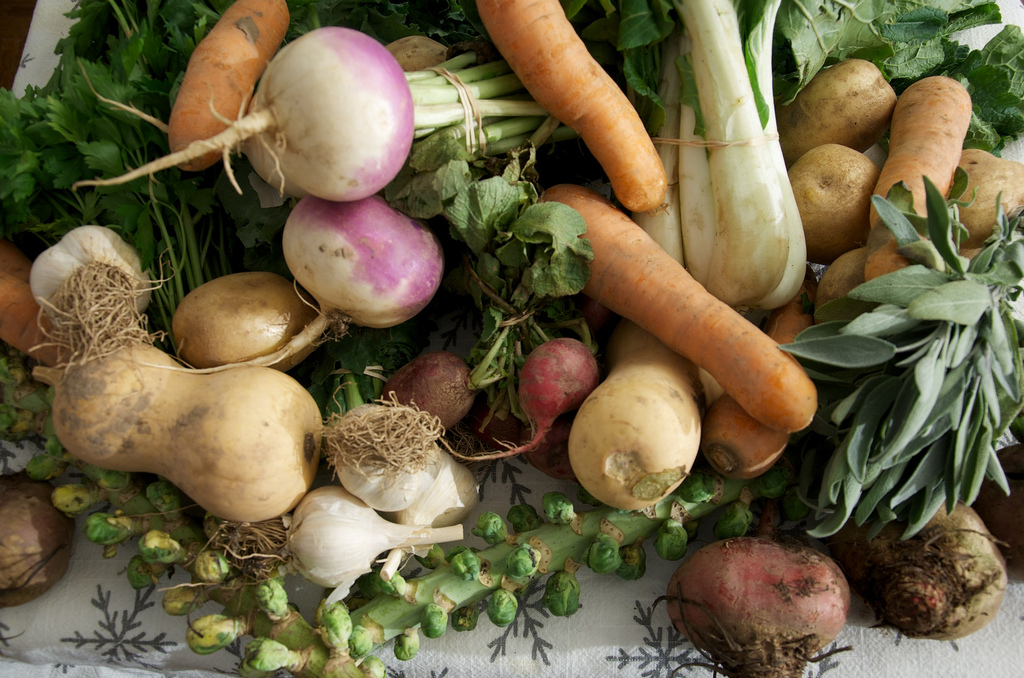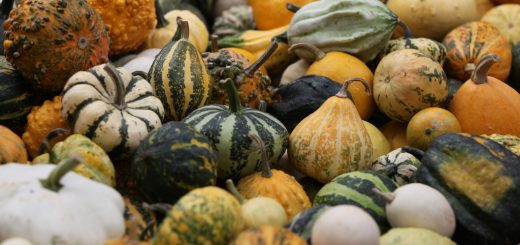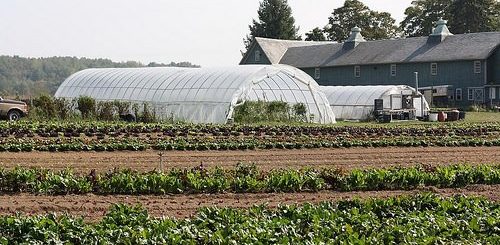Protecting the Stock-Up

Now that you have your stock-up share, how do you keep it edible if you don’t want to refrigerate everything? If you don’t have a root cellar, and my guess is few of us have one, can you leave it all in the garage or is it safer in the basement?
There is a good amount of information out on the web, but a fairly concise report “Storing Vegetables and Fruits at Home” from Ms. Val Hillers, an extension food specialist at the Washington State University, offers some insight into not only how to build a root cellar (perhaps a fun project for the family?), but also what conditions are best for which vegetable. Frankly, I wish I knew this a few years ago as some of my squash spoiled from the garage being too cold!
After reading her report, it appears that not only temperature (32 degrees to 55 seems best for most of the veggies) but also humidity plays an important role in preserving your loot. Most vegetables like high humidity (cabbage, cauliflower, greens, and roots like beets, carrots, parsnips, celeriac, potatoes and turnips). But onions, garlic, and winter squash like dry conditions.
Also important is checking in on them at least once a week, and use up vegetables that are showing signs of weakening, for example, soft spots on your squash and potatoes, or “sprouting” onions and garlic.
Here are some tips I think are useful in storing your stock-up share:
- Don’t mix the veggies, i.e., don’t store your potatoes with the squash or onions. Keep them in distinct boxes or bags, layered with newspaper or paper towels, and watch for moisture developing. If moisture does develop (the papers start getting wet), change the newspaper.
- If you store veggies in your fridge, make sure your bags have holes in them because otherwise they will “sweat” and spoil. Using a mesh bag (like what pre-packaged onions come in) is a good idea as it allows for ventilation.
- For potatoes, darkness is important so cover them up. If they get too much light, they will turn green and be inedible.
- You can store your squash varieties together but don’t crowd them in the same box. Allow for ventilation. Squashes also like it a bit warmer — 55-60 degrees.
- Beets and carrots? Keep in separate freezer bags in a single layer, and store in your fridge.
- Leafy greens should be stored in the fridge, wrapped with a paper towel, in a plastic bag.
- And never wash any vegetables until you are ready to use them.
Here’s to protecting, and enjoying, your stock-up veggies! With good care, they should see you through a good part of the Winter and then our thoughts will already be turning to another year of fresh shares….

